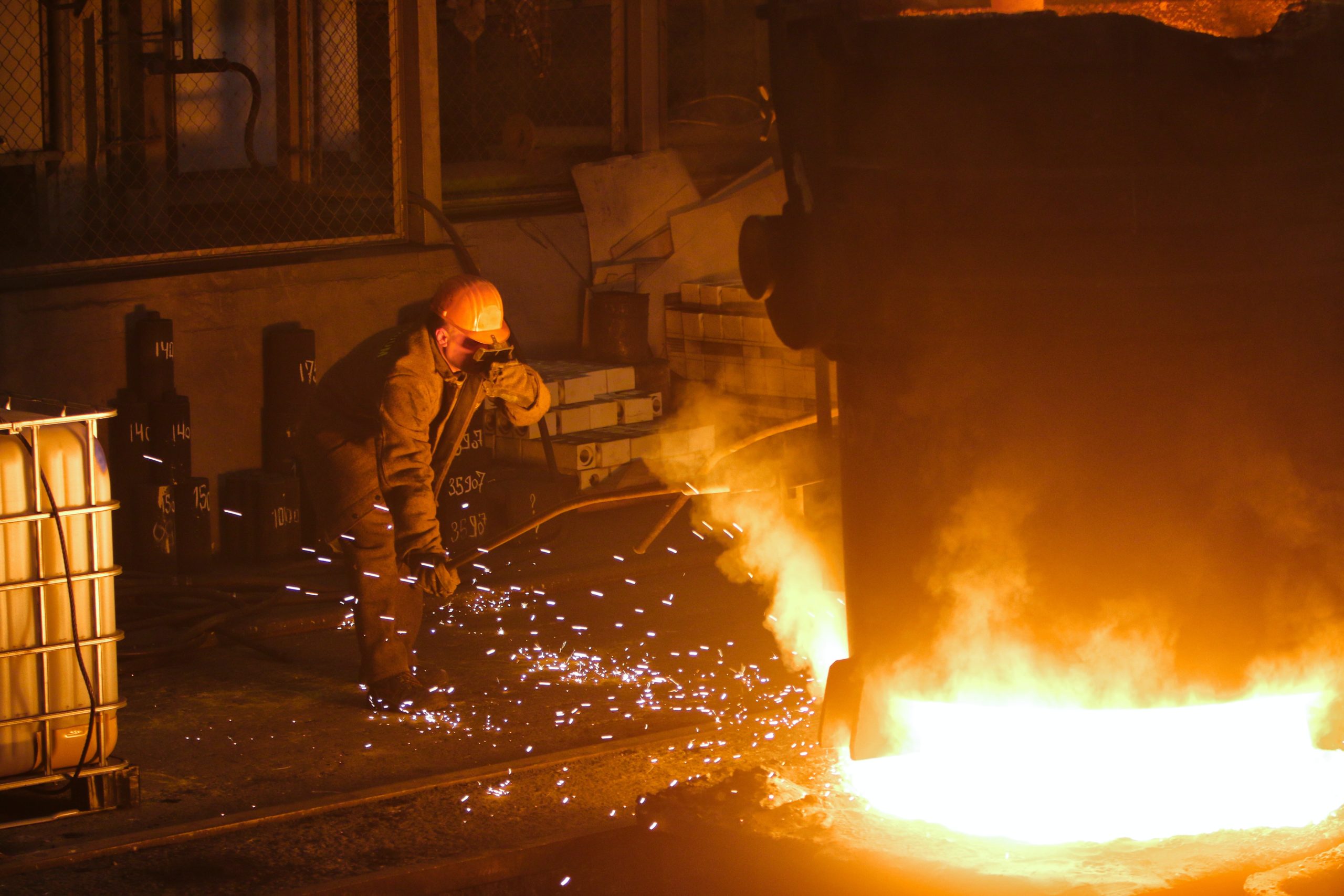
Rapid heating is the process by which a material can be heated to precise temperatures in a short period of time, and it has many uses. This article will summarize how PYRO Rapid Heat Transfer transfers heat to metal parts using an ultrahigh rate air convection movement that blows across those surfaces.
How Is Heat Transferred?
The three different ways that heat moves through matter:
- Conduction – when particles touch each other directly
- Radiation – waves moving off an object transfer their warming effect on nearby objects
- Convection – where molecules move from areas of higher temperature towards ones with lower temperatures over time.
Normal Standards And Practices
Ovens are designed to transfer heat, but they don’t do this very well in certain circumstances due to their calibration limitations. For instance, two different ovens will often pass inspections for uniformity and temperature accuracy. However, these machines behave quite differently when heating different loads despite having similar settings. Conventional oven processes use lower temperatures for a longer time, while extremely fast induction processes are common after hardening with an Induction process at a higher cost and little or no flexibility. Pyro technology gives the same advantages as induction but with much more flexibility.
How Does the Pyro Rapid Heat Transfer Work Differently?
A high-precision oven requires not only uniform temperature but also a very even heat transfer. Rapid heating is achieved using turbines(Fans). However, this isn’t enough for the desired effect: it takes many fans placed in special positions to achieve the desired result. The PYRO Oven takes a different approach to how heat is transferred than others with specially designed fans. It combines convection and radiation as a secondary source of heat.
The turbines and chambers are designed with aspects that maximize air velocity at varying points along its path so as not only does it transfer more energy, but it does it in a uniform manner across all sections of the model’s bodywork.
